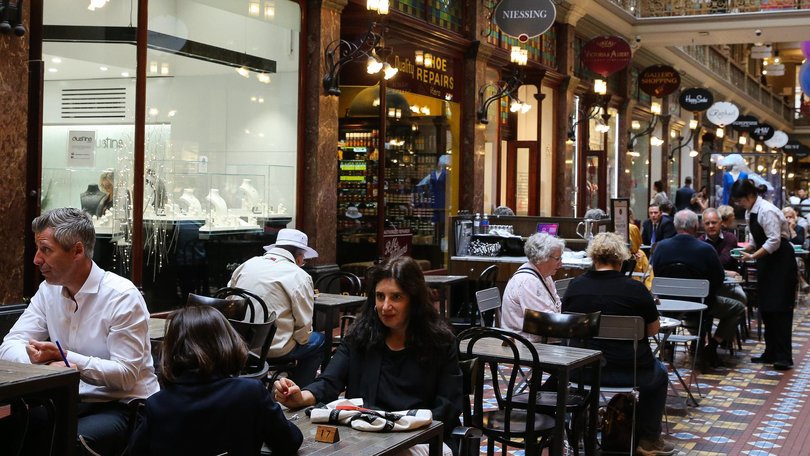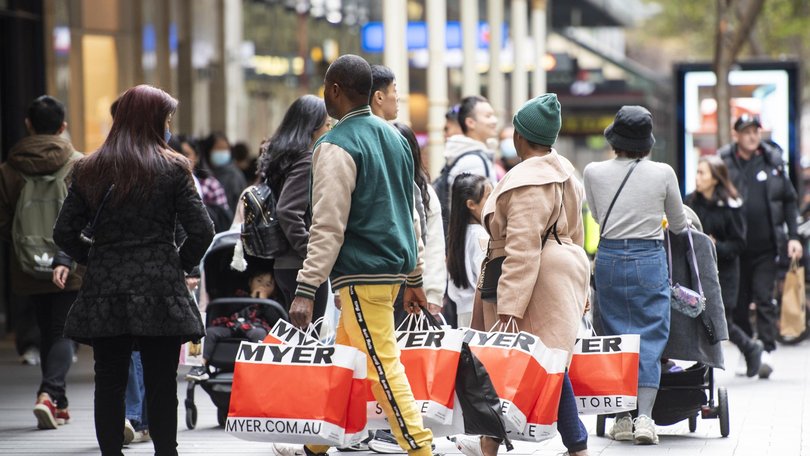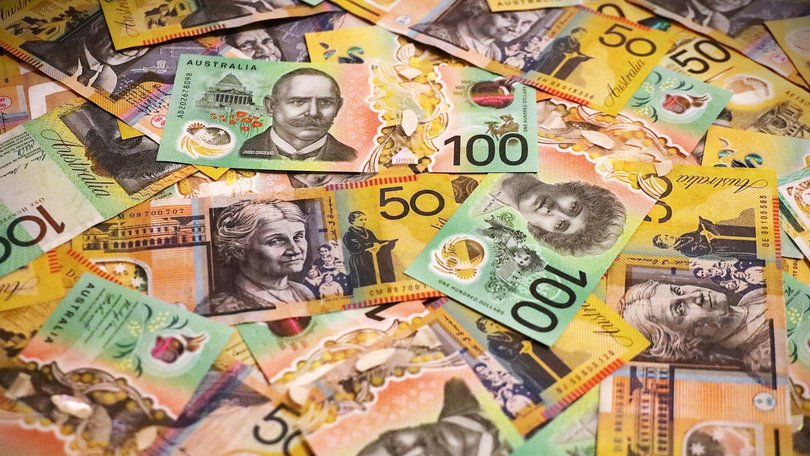Australian household spending tipped to rise on rate and tax cuts

Cash-strapped mortgage holders are finally getting on top of their finances and spending again, in a major boost to the national economy.
Australians finally have the breathing room in their household budgets to start spending again, as rate relief and tax cuts from July last year are starting to have an impact on household consumption.
Three of Australia’s big four banks are saying the worst of cost of living crisis is now behind us.
Sign up to The Nightly's newsletters.
Get the first look at the digital newspaper, curated daily stories and breaking headlines delivered to your inbox.
By continuing you agree to our Terms and Privacy Policy.Commonwealth Bank chief economist Belinda Allen said while the recovery was slower than had been expected, there were clear “green shoots” emerging in consumer spending.
“A recovery is gaining real traction,” she said.
“As income and wealth improve, and in the context of a strong labour market and falling interest rates, we expect a more pronounced recovery in consumer spending soon.”

The near $300bn bank is now forecasting household consumption will come in at 2.4 per cent by the second half of 2026.
This would be a significant boost to the Australian economy which has been lagging behind global peers in recent years.
Data released by the Australian Bureau of Statistics shows household spending was up just 0.4 per cent in the March quarter, after a revised 0.7 per cent in December.
Overall the economy grew just 0.2 per cent for the quarter, but households effectively went backwards.
Household consumption is approximately 50 per cent of the country’s gross domestic product.
Separate research by ANZ is also predicting Australia’s GDP will pick up over the coming quarters.
“A lift in overall public demand, along with an acceleration in consumer spending, will likely drive GDP growth in Q2,” ANZ said.
“The monthly household spending indicator grew 0.7 per cent quarter on quarter in real terms in Q2, which is slightly stronger than our underlying household consumption forecast.”
Westpac head of Australian macro-forecasting Matthew Hassan said transaction data coming out of the bank was showing a positive for consumer spending.
“Easing cost of living looks to be a factor, especially for renters, while lowering tariff related concerns might have also lifted sentiment,” he said.
Mr Hassan stopped short of calling it a recovery saying sales at retailers were “slow going” with buyers still needing heavily discounted periods before purchasing items.
“Whether we see this latest lift in sentiment flow through to more spending will be a key guide to seeing if the consumer recovery is gaining traction.” he said.
All three banks are calling for further interest rate relief in November to help support consumer spending forward.

CBA forecasts they’ll also be at least one more interest rate cut in 2026.
“We have flagged the risk of further easing next year, but it is not our base case,” she said.
“A stronger near-term response from the consumer is a key reason for this call.”
If customers began spending again, CBA said businesses would be able to pass through some of their recent cost pressures lifting inflation.
“If we don’t see the response we are expecting, or alternatively if the labour market deteriorates, further rate cuts are possible next year,” she said.
“At this stage though, all signs are pointing towards an improvement in consumer spending, finally.”
Originally published as Australian household spending tipped to rise on rate and tax cuts
